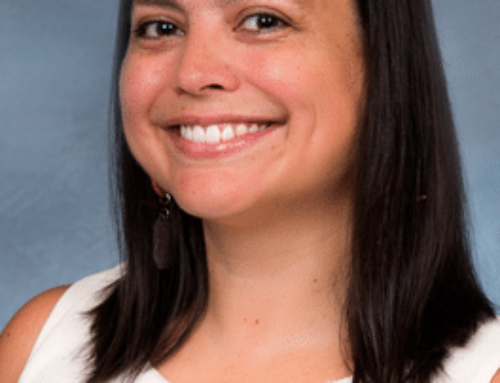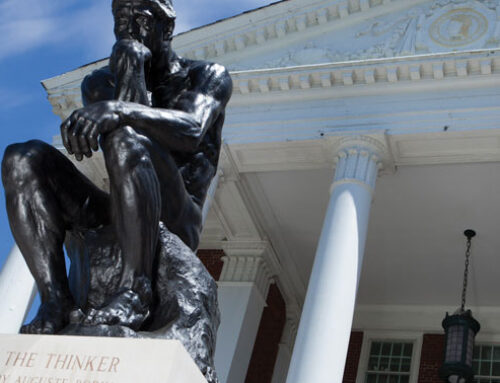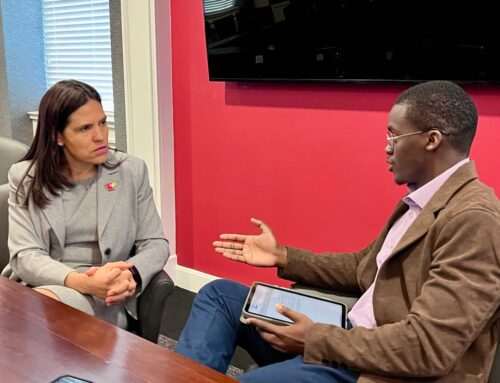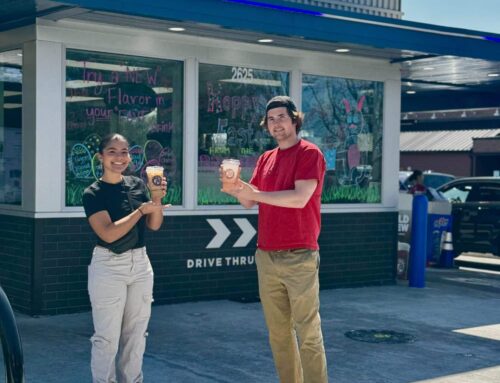By John Wilson–
Science is amazing. The fact that tiny little helixes determine practically our entire existence should astonish anyone.
Then why was there an entire symposium at Rauch Planetarium titled: “Crossing the Divide: On the Adventure of Getting Science Across to the Public”?
The answer that the audience came away with after listening to the eight or so brilliant speakers on Friday night wasn’t necessarily a simple one.
My night at the planetarium began with Paul Zaloom. You might not know who this man is—as I didn’t before I plopped down in my seat—but do a quick YouTube search for “Beakman’s World” and you might have some childhood memories rushing back into your system.
Beakman’s World was the precursor to Bill Nye the Science Guy, or “That other kids’ show with a scientist,” as Paul Zaloom liked to call it. Zaloom played Beakman, who was basically Cosmo Kramer with a green lab suit on. He and his cartoonish cohorts would answer science mail from kids all around the country, from 1991 to 1998.
Zaloom isn’t a scientist though. “I was your average college kid…. [Then] I became a puppeteer.”
In fact, most of the speakers weren’t “scientists.” A good few of them were journalists.
“I was an English major in college,” said Carl Zimmer, probably the most famous figure at the event, during his talk at the planetarium. Zimmer is a frequent contributor to the New York Times, Discover Magazine and has published more than a handful of books on scientific subjects.
What were so many journalists doing at this event? A lot of the focus seemed to be on how new media is going to affect the way we spread scientific knowledge to laypeople in the future.
Since the 1990s, when Zimmer first began writing for Discover, print media readership has fallen to record low levels. Papers aren’t cutting it any more.
There is no reason to be discouraged yet. When asked about the fate of media companies like the New York Times, Zimmer pointed to how well the online sections of the “paper” were doing.
“We’re reaching ten times the people in ten times the countries now.” Zimmer said. “The only problem is, how do you figure out how to turn a profit?”
These problems are facing all of journalism, though. Not just when it comes to teaching science to the masses.
A moderated round-table discussion followed the lectures and the topic of discussion turned to how we as citizens can help along science. “Crowd-sourcing” science was a big point. One University of Louisville biology professor described it as “the democratization of science.”
Crowd-sourcing is when a massive amount of people undertakes a project together. For example, astronomers have invented a game you can download where the objective is to look at a picture of a galaxy and identify which type it is.
Recently, some users actually found an entirely new classification that astronomers had not discovered yet.
That is how science is going to extend to all of us, these speakers hope. You don’t have to be Albert Einstein; all you need is a laptop and some time.
[email protected]
Photo: Caitlin Williams/The Louisville Cardinal




